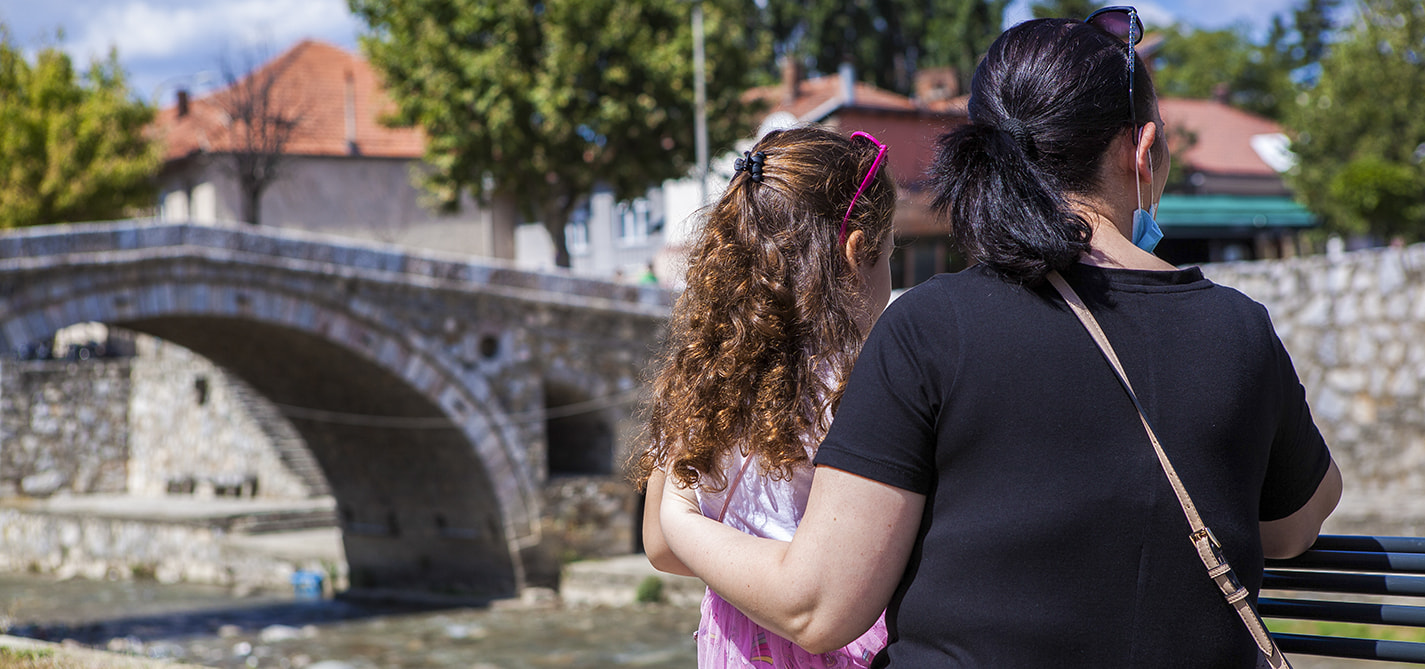
Neglecting society’s little ones
Many children in Kosovo are denied access to preschool education.
|17.12.2020
|
“The whole family gets stuck.”
Preschools in numbers
According to a report by KEEN, the 0 to 3 age group has been excluded from almost any investment planning in terms of education.
“Based on the information you provided, OIK initiated ex-officio investigations regarding this issue.”
There are no children aged 0 to 4 from these communities enrolled in Fushë Kosova’s public preschool institutions.
Although children from Dragash’s villages can enroll for free, currently, only 17 children attend.

Dorentina Kastrati
Dorentina Kastrati finished her Bachelor’s studies in journalism and is completing her Master’s studies in European integration and public administration at the University of Prishtina. She works as an investigative journalist, project coordinator and assistant editor at KALLXO.com. She mostly writes about economic issues, public procurement, auditing, public finance and energy. Dorentina is a K2.0 Human Rights Journalism Fellowship program fellow (2020 cycle).
This story was originally written in Albanian.